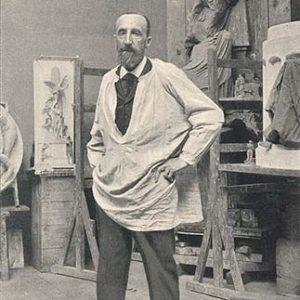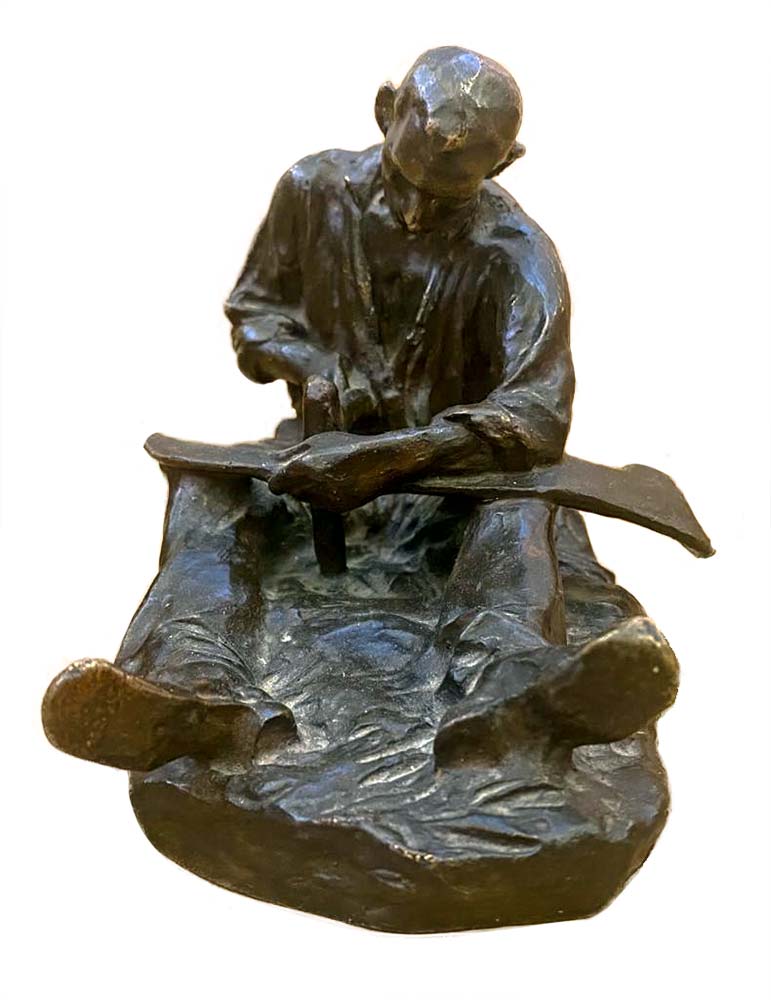Browse sculpture from Aime-Jules Dalou
About Aime-Jules Dalou

Aimé-Jules Dalou
Aimé-Jules Dalou (31 December 1838 – 15 April 1902) was a noted 19th-century French sculptor, admired for his perceptiveness and execution, along with adroit realism.
Born in 1838 to a glovemaker in Paris, Aimé-Jules Dalou attracted the attention of Jean-Baptiste Carpeaux, who directed him to the Petite Ecole in 1852 for his first artistic training. Carpeaux then presented him at the Ecole des Beaux-Arts in March 1853 (until the late 1990s thought to occur the following year), where Dalou studied painting with Abel de Pujol (1785-1861) and sculpture with Carpeaux’s own Ecole master, Duret, for three years. Though he officially acknowledged all three artists as teachers, Dalou always considered Carpeaux his real master. The curriculum and relationship particularly with Duret proved uncongenial for the younger artist. His failure to win the Prix de Rome after four tries, from 1861 to 1865,
Dalou played a major role in French cultural life by providing influential alternatives to the Academy and the Salon as arbiters of modern art. He was a founding member of the Société des Artistes Français and later a founder of the Société Nationale des Beaux-Arts. His contribution to the nation was officially rewarded with the highest rank of the Légion d’Honneur two years before his death, with the inauguration of the Triumph of Republic, in 1899.


